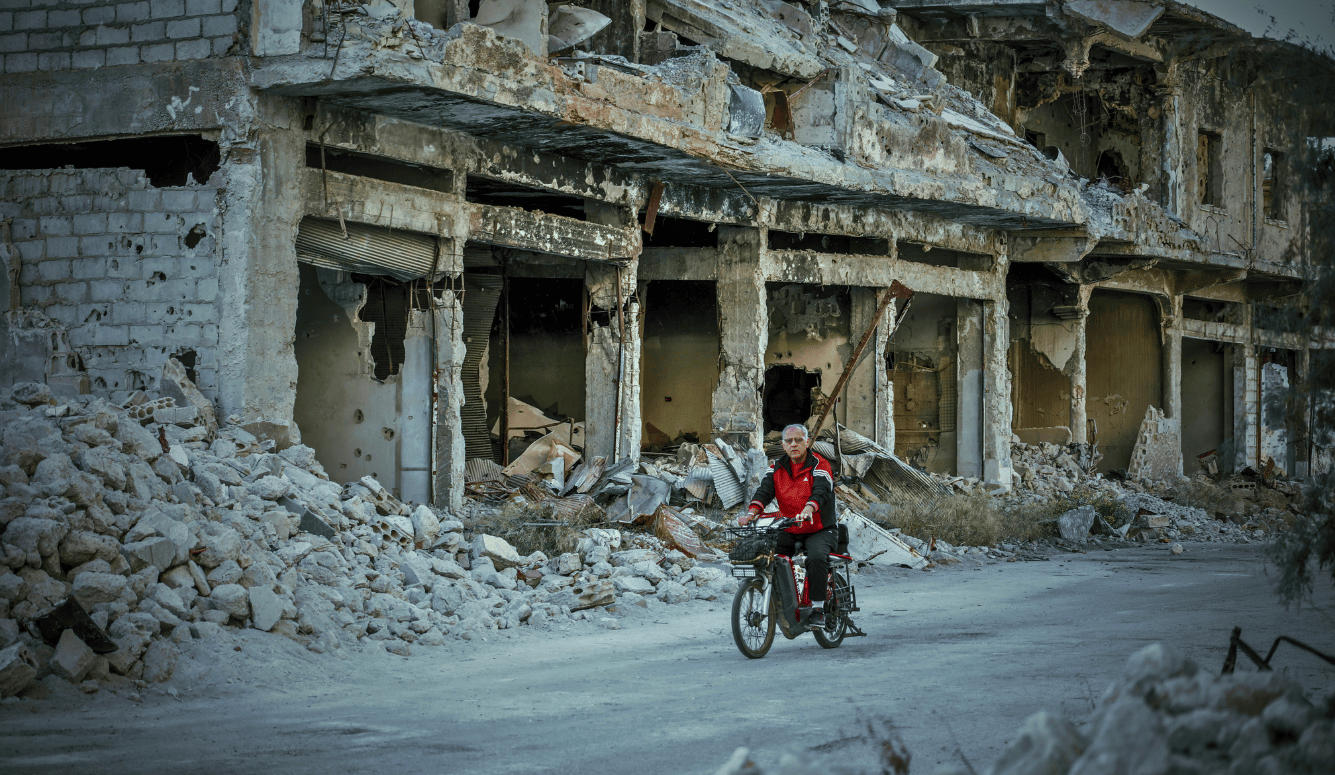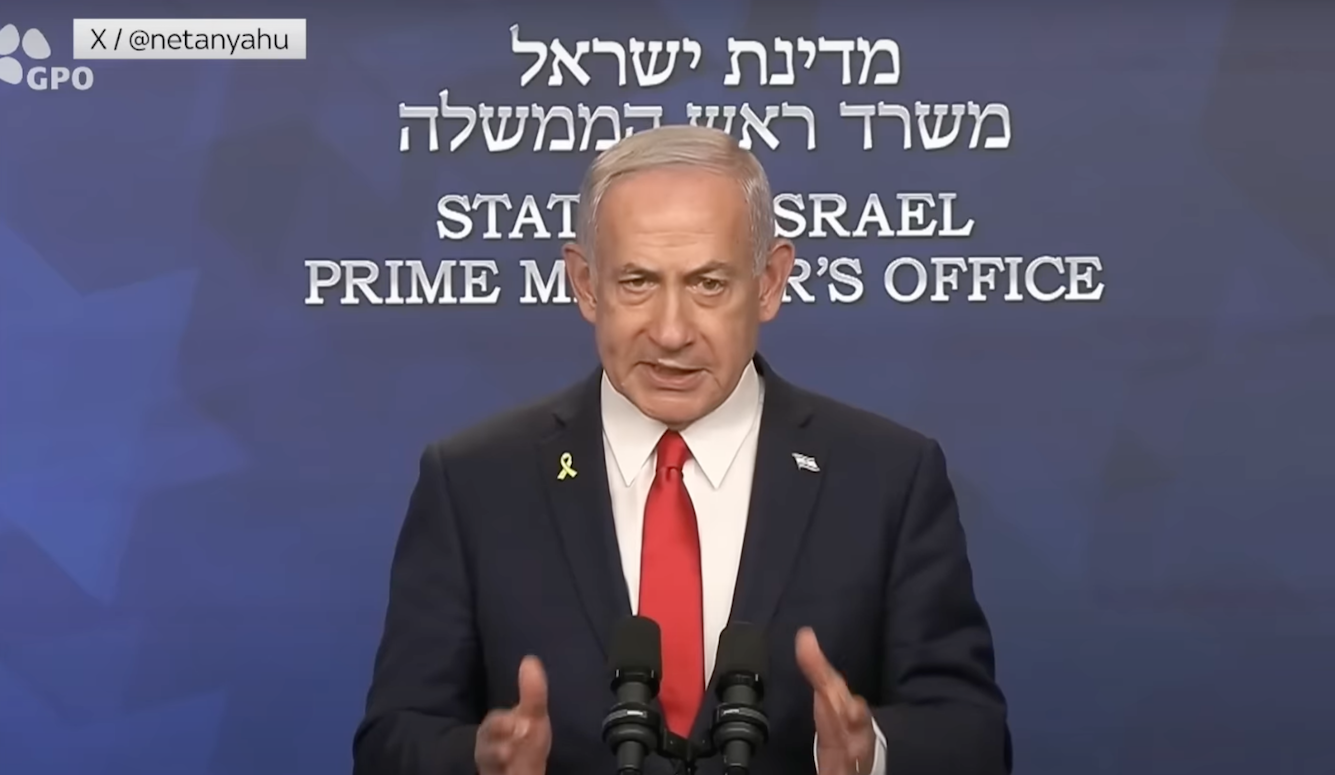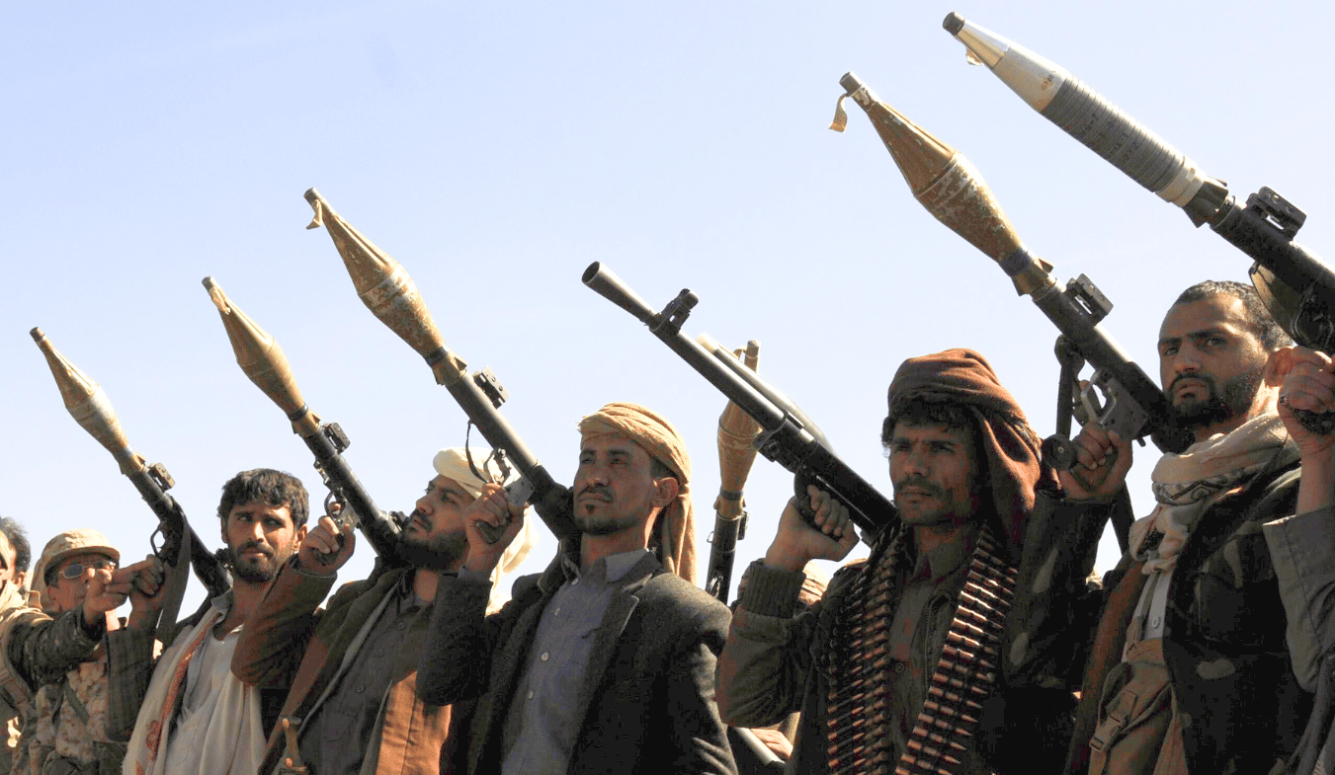
With the recent Houthi attacks on international shipping and the retaliatory bombing of military targets in Yemen by the US and UK, the conflict that commenced with Hamas’s 7 October attacks has broadened into a wider field of operations. The links between the Houthi, Hamas, Hezbollah, and Iran may at first glance seem opaque: these actors are all from different parts of the Middle East and some are Sunni, others Shi’a. Furthermore, even within the context of the century-old Arab–Zionist conflict, Hamas’s attacks were startlingly savage.
Any reasonable person could have foreseen the fierce Israeli response to the atrocities of 7 October and the likelihood that, as a result, Palestinian statehood would be delayed for another generation at least. Even Hamas’s former Minister of Communications, Yosef Almansi, has denounced the attacks, claiming that they set the organisation’s cause back 200 years and were “the opposite of the religion of Islam. It is heresy, madness… not accepted by logic, religion, or common sense.”
So, why did Hamas attack and what is holding together the alliance of their allies?
It is difficult to discern a rationale for the attack when we consider it entirely within the scope of the Israeli-Palestinian conflict—especially given that terrorist groups often lukewarm to the Palestinian cause, such as Hezbollah in Lebanon and Yemen’s Houthi, have also joined the fray against Israel, while militias in Iraq have simultaneously stepped up attacks against American targets there. Clearly, Hamas’s actions are merely a component of a wider Middle Eastern conflict.
To understand the events of 7 October, we must begin by considering the timing of the attack.
In the preceding months, Saudi Arabia had been moving towards a rapprochement with Israel. The 2020 Abraham Accords paved the way for this by facilitating the normalization of diplomatic relations between Israel and both the United Arab Emirates and Bahrain, as well as reaching similar agreements with Sudan and Morocco. The deal with Saudi Arabia came with a sweetener, provided by the United States. In exchange for peace with Israel, the US would provide the Kingdom with nuclear technology, thus making it more likely that Saudi Arabia might eventually develop a nuclear weapons program. If successful, this program would provide a counterweight to Iran’s secretive nuclear weapons program and radically shift the axis of power in the Middle East. Saudi leaders have previously stated that if Iran develops the bomb, they will too, and in the past the Kingdom has tried to negotiate a deal with Pakistan for the purchase of nuclear weapons.
The Israeli defensive response to the biggest massacre of Jews since the Holocaust rekindled widespread opposition to the Jewish state throughout the Middle East. Citing support for the Palestinian people, Bahrain recalled its ambassador to Israel, while other signatories to the Accords have faced growing support for Hamas within their own populations. The US-brokered Israel–Saudi deal is now reportedly “in tatters.” A domestically produced Saudi bomb leading to the realignment of power across the Persian Gulf now seems like a distant prospect. Iran remains ascendant.
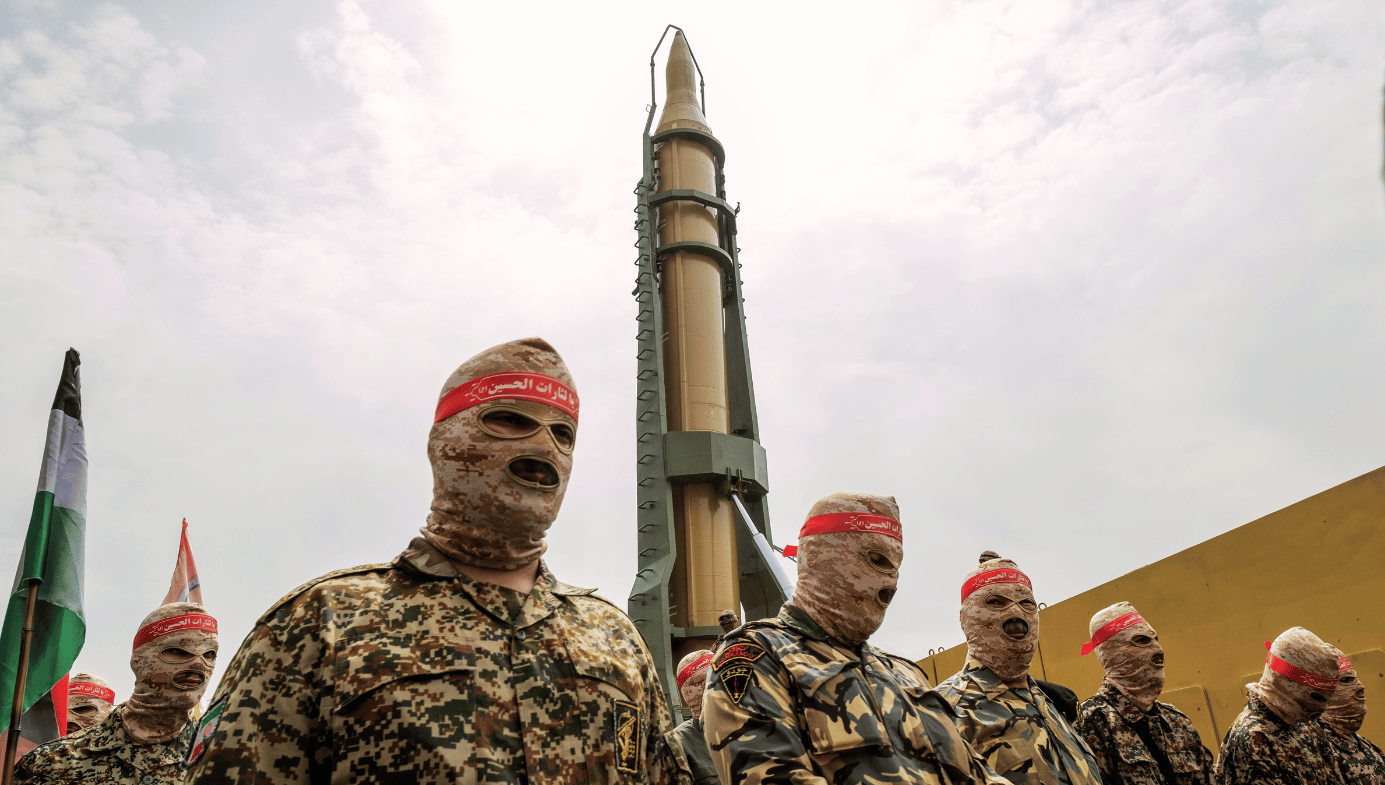
This raises a couple of questions. The first is whether the Hamas massacre of 7 October was a strategic act designed to preserve Iranian nuclear hegemony in the Gulf. The second question is more puzzling. Given the growing desire many Middle Eastern countries have shown to normalize diplomatic relations with Israel, why is Iran a holdout? If traditional foes such as Saudi Arabia and Israel can countenance a peace agreement, then why not Israel and Iran?
The answer to the first question seems clear: Hamas probably undertook the massacre at the behest of Iran. The Islamic Republic provides Hamas with training, weapons and nearly $100 million in annual funding. Furthermore, not only did the highest levels of the Iranian government give the go-ahead for the attack, but Iran also provided special training in the months leading up to the attack—such as in the use of paragliders—as well as additional weapons and funding specifically earmarked for the commission of the atrocity.
So, why does the Iranian regime have such a peculiar hatred for Israel? After all, Saudi Arabia is also an authoritarian country whose religious life is dominated by fundamentalist Islam and, like Iran, the Saudis have called for the destruction of Israel. Yet, Saudi Arabia now seeks to normalize relations with the Jewish state. Likewise, while Hamas’s role as an Iranian lackey partially explains the attack, it fails to explain why the organization would so comprehensively undermine its stated long-term goal of Palestinian liberation. To understand the rationale for 7 October, we need to go back to the birth of the Islamic Republic of Iran in 1979.
When Ayatollah Khomeini ascended to the role of Supreme Leader of Iran during the Iranian Revolution of 1979, he promulgated his fiercely anti-Israel philosophy—a worldview that was both anti-Zionist and antisemitic. Khomeini used the familiar tropes common among Arab countries at the time. Israel, he maintained, was a colonial-settler state, a lackey of the United States, and the usurper of Islam’s rightful claim to Jerusalem. But while such anti-Israel rhetoric has become more moderate in much of the Arab world over the last few decades, Iran’s posture has become ever more fanatical and strident. Iran’s annual Quds (Jerusalem) Day (held on the last Friday of Ramadan) features missile parades, anti-American, anti-Israel and antisemitic speeches, the trampling and burning of Israeli flags and chants of “Death to America” and “Death to Israel.”
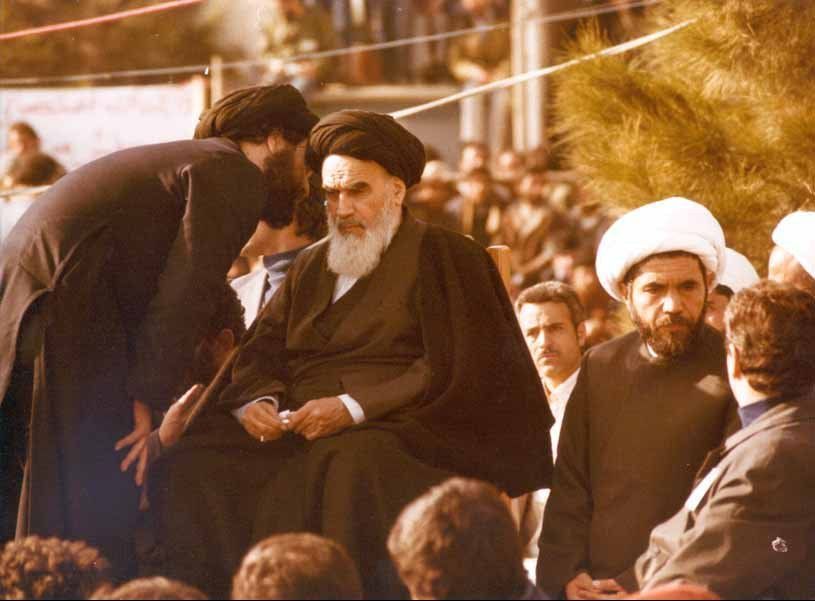
Iranian anti-Zionism has far less to do with the plight of Palestinians than with hatred of Israelis and Jews. In fact, the Islamic Republic is deeply suspicious of the Palestinian liberation movement. Although the Iranian regime was the first to establish a Palestinian embassy soon after its revolution, relations soured after Yasser Arafat supported Iran’s archenemy, Saddam Hussein. During the brutal Syrian civil war, Iran stationed thousands of troops and advisors in the country in support of Bashar al-Assad’s government, even as Assad’s troops killed over 3,000 Palestinians and displaced 120,000 more into refugee camps. Iranian forces also actively participated in the infamous 2013 massacre in al-Yarmouk refugee camp in Damascus, in which all but a tiny fraction of its Palestinian population of around 160,000 perished or were displaced. Even now—like much of the Muslim world—the Islamic Republic refuses to accept Palestinian refugees.
The Iranian government uses anti-Israeli and anti-American propaganda to galvanize domestic support for the regime and provide external scapegoats for the country’s ills. Such rhetoric can also boost support for Iran among those in the Muslim world who share its antipathy towards Israel. But Iran’s hatred of Israel is more than just sloganeering and rhetoric: the Islamic Republic actively seeks the destruction of the Jewish nation, even at the cost of both money and lives. Israel regularly assassinates Iranian agents in Syria, while Mossad targets Iranian nuclear scientists in Iran. The Islamic State spends billions on proxies spread throughout the Middle East: Hezbollah in Lebanon, the Houthi in Yemen, and nearly a dozen other terrorist militias, including Hamas. Not all these organizations are exclusively devoted to the elimination of Israel, but antisemitism and anti-Israel ideas are important to all of them.


